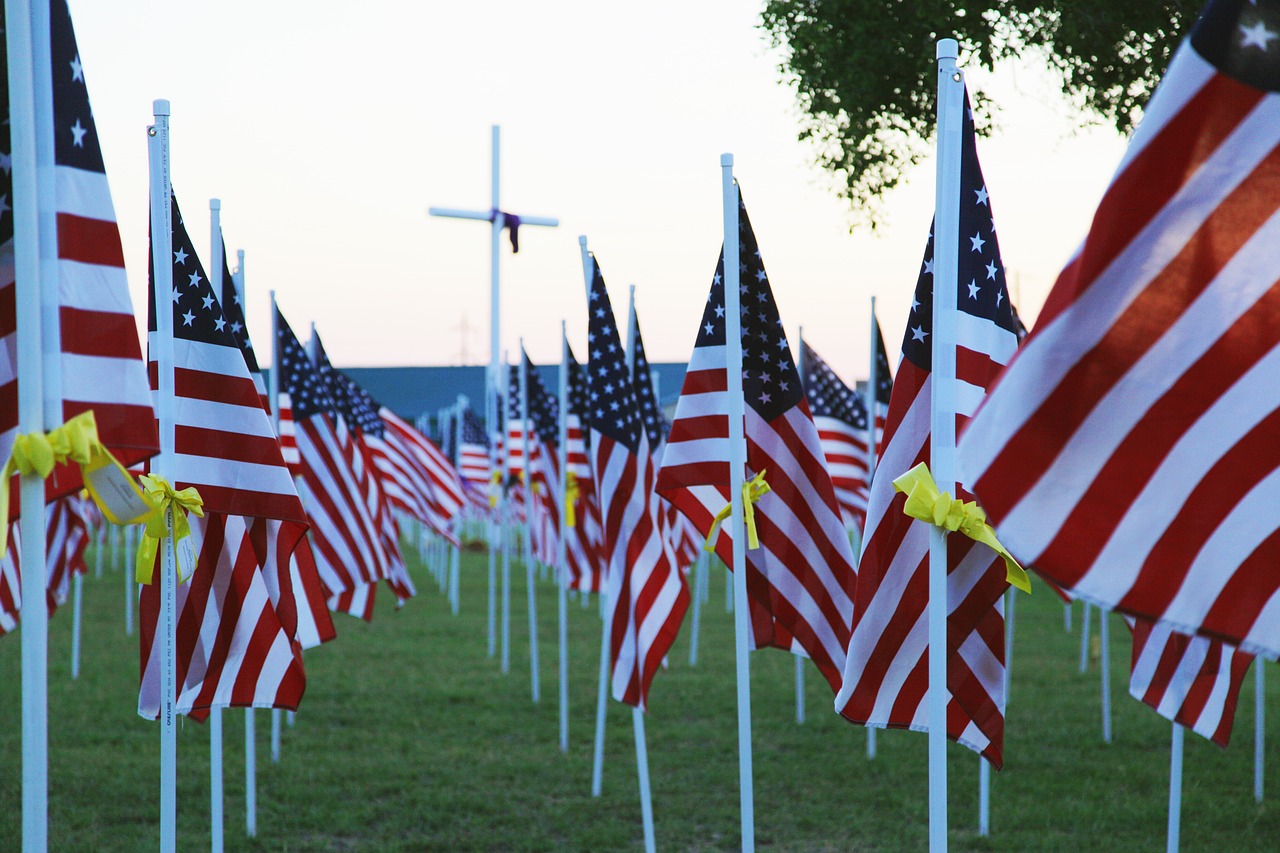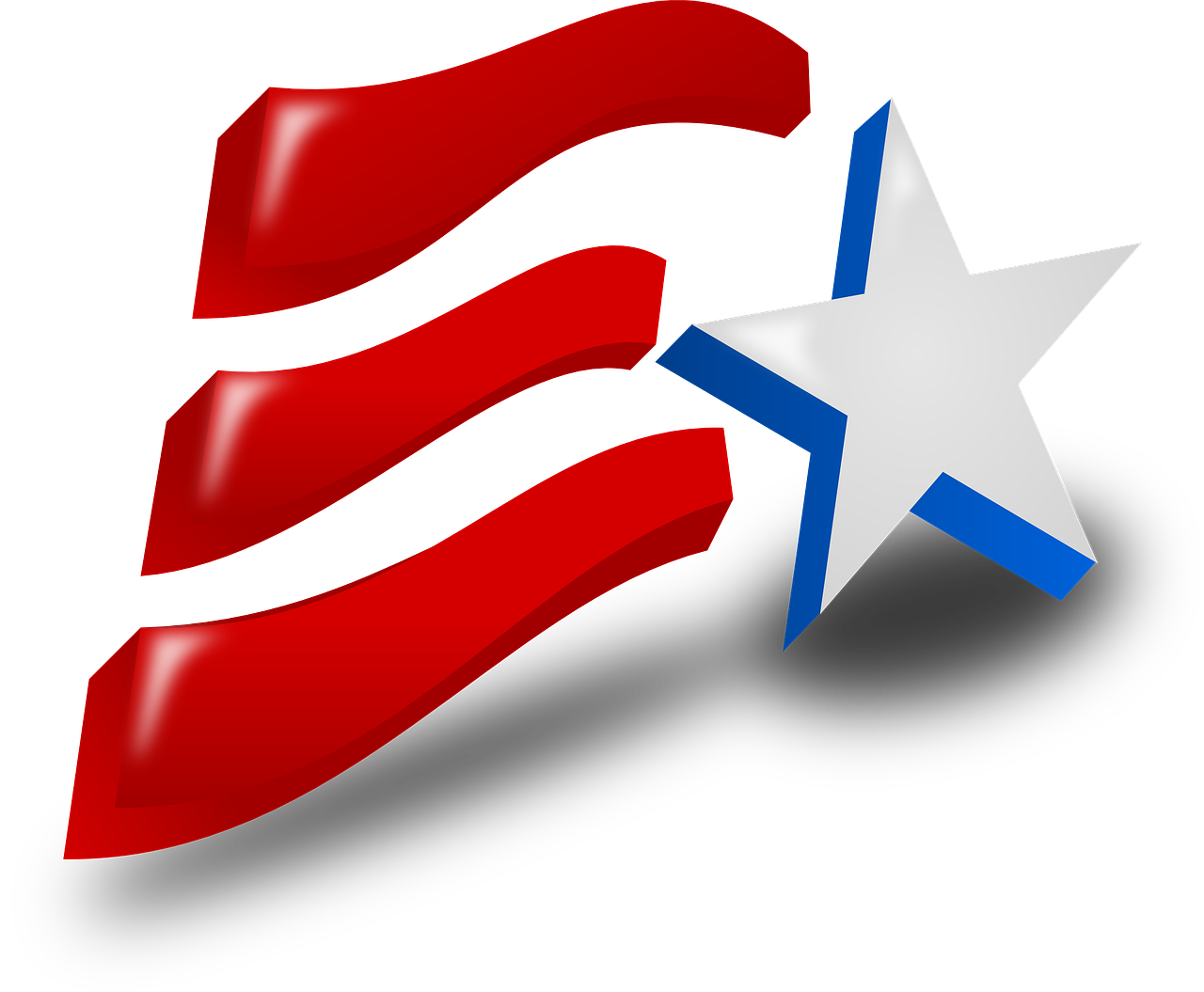Discover a little bit about this significant occasion that honors America’s independence from England, along with fun facts, the rationale behind the fireworks, recipes, and more!
America, happy birthday! Every year on July 4th, people celebrate Independence Day. America will commemorate its 248th birthday in 2024, having won its freedom from Great Britain after the Revolutionary War. On July 4, 1776, the founding fathers signed this proclamation.
Unknown Fourth of July Information
The Actual Fourth of July?
The colonies formally agreed to approve the Declaration of Independence on July 2nd, although it wasn’t officially signed until August 2nd. The announcement of the document was made on July 4th. Thus, you might be wondering, when is the actual Fourth of July?
In a well-known letter to his wife Abigail, John Adams—the man who initially suggested that America declare its independence from England—expressed his belief that July 2nd would be a day that Americans would remember and celebrate for many years to come. It seems that not everyone else remembered this.
Former Glory
The most recent version of the US flag was created as a school project, and it was created after Alaska and Hawaii joined the union. Did you know that there have been 28 versions of the flag created to date? In 1958, Robert Heft designed the flag at the age of 17. His pattern won the national competition to become the next flag, thus his teacher upgraded his mark from a B- to an A on the assignment.

An American Death?
On July 4, three American presidents passed away. Only a few hours separated the deaths of John Adams and Thomas Jefferson on the same day in 1826. They had been competitors in everything, including longevity. With regard to his longtime opponent, Adams’ final words were, “Thomas Jefferson lives!” Actually, only five hours had passed since Jefferson’s death, but Adams had not received the news. In their later years, they actually corresponded extensively and became friends. Numerous books have published their exchanged letters.
The third president to pass away on July 4th was James Monroe, who passed away in 1831.
Why Do Fireworks Celebrate July Fourth?
An essential component of many Independence Day celebrations are fireworks. All throughout the United States, massive, vibrant displays—from private installations to renowned fireworks exhibitions like the one in Boston—light up the night sky. However, how did fireworks end up being a beloved American holiday?
Origins of Fireworks
China is where contemporary displays as we know them now first originated. The earliest known versions date back over 2,000 years, when bamboo stalks were heated to the point of blackening and blowing up from the pressure of the hot air inside. These would have been the first “firecrackers,” but real gunpowder-fueled explosives didn’t appear until much later, between 600 and 900 AD, when Chinese alchemists began packing bamboo stalks with the explosive material.
Red Glare Rockets?
The first “rockets” were actually military weapons, based on a modification of the flaming arrow that involved attaching tiny gunpowder packets to the arrow. The Chinese manufactured these in the twelfth century, but their use was hazardous and highly unpredictable. The colorful explosives we use today originated from the advancements of gunpowder explosions and early rockets. To give pyrotechnics their brilliance, alchemists began incorporating other materials into the mixture over time, such as steel dust and iron shavings.
Europe Gets Fireworks
Chinese fireworks gained popularity over the world as the centuries went by. The secrets of gunpowder and fireworks began to find their way to Europe in the 13th century thanks to the Silk Road, which facilitated trade between Europe and the East. Europeans utilized them during a variety of festivities throughout the Renaissance. Large fireworks displays were present during Anne Boleyn’s coronation as Queen of England in 1533. Peter the Great and King Louis XIV, in particular, were known to be avid fireworks users and to have used them in a variety of European events.

The American Tradition of Fireworks
American history is the source of our current preoccupation with Fourth of July fireworks. John Adams imagined grand celebrations with fireworks in the future, even before the final draft of the Declaration of Independence was signed. Indeed, he stated that celebrations should have “illuminations” in the same letter mentioned above, which he wrote on July 3, 1776, the day before the Continental Congress approved the final copy of the Declaration of Independence.
The illuminations to which he alludes? You guessed it—flashlights!
There are also rumors that during the Revolutionary War, soldiers’ morale was raised by fireworks displays. But back before, fireworks were actually called rockets, not fireworks, because they were the same kind of explosives used in battle. Therefore, even before they knew if they would win the war, colonists celebrated the Fourth. Politicians who featured fireworks at their speeches in the late 1700s helped to further promote fireworks, and by the 1800s, they had solidified into a custom.
The Original Fireworks Show
While there were no fireworks on July 4, 1776, the first Fourth of July fireworks were launched over Philadelphia’s night sky in 1777. The celebration was described as follows by the Pennsylvania Evening Post: the city was exquisitely illuminated, and the evening was capped with the ringing of bells. At night, there was a great demonstration of fireworks (which started and ended with thirteen rockets) on the Commons.
Following a display in Boston in 1777, the custom gained momentum. People could buy a wide variety of pyrotechnics for their own Fourth of July festivities by 1783.
Since those first festivities, pyrotechnic displays have developed into amazing achievements. According to projections from the American Pyrotechnics Association, on Independence Day, over 14,000 fireworks are expected to sparkle in the night sky above America.
Despite being a Chinese creation over 2,000 years ago, fireworks have been a part of American culture since the country’s establishment. This is one American custom that will only continue to expand as long as pyrotechnics specialists continue to work hard and enhance technology to create bigger and more exquisite displays every year!


